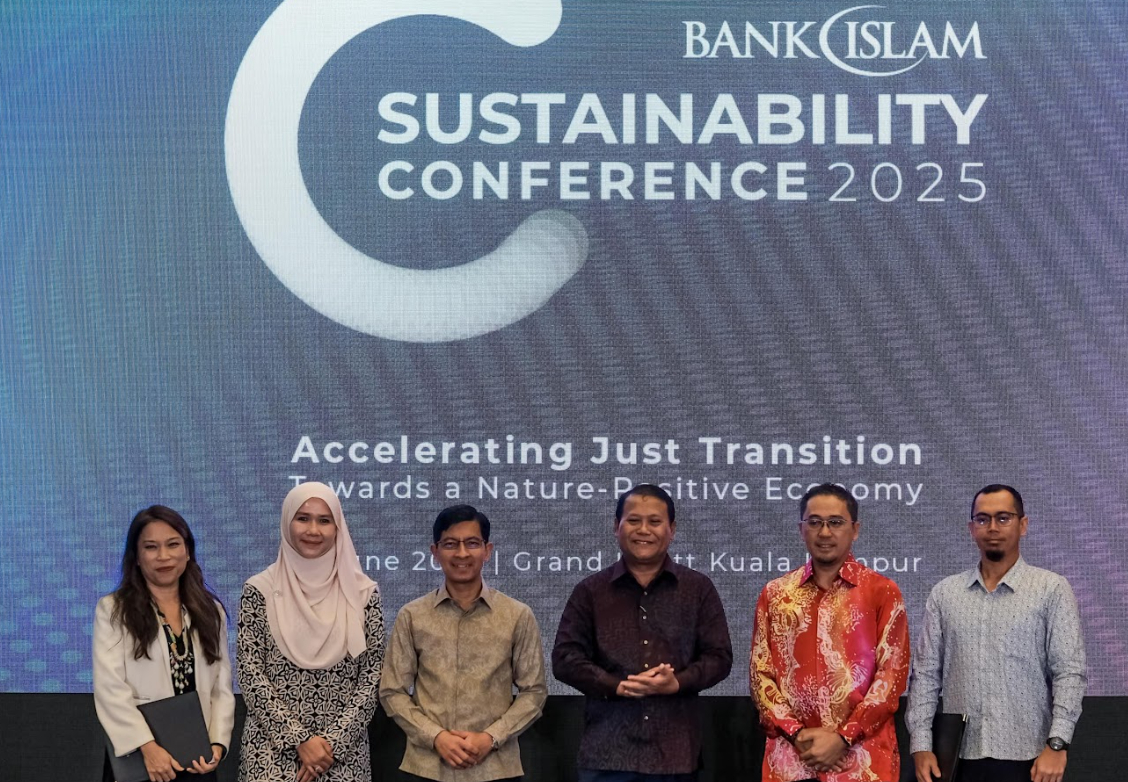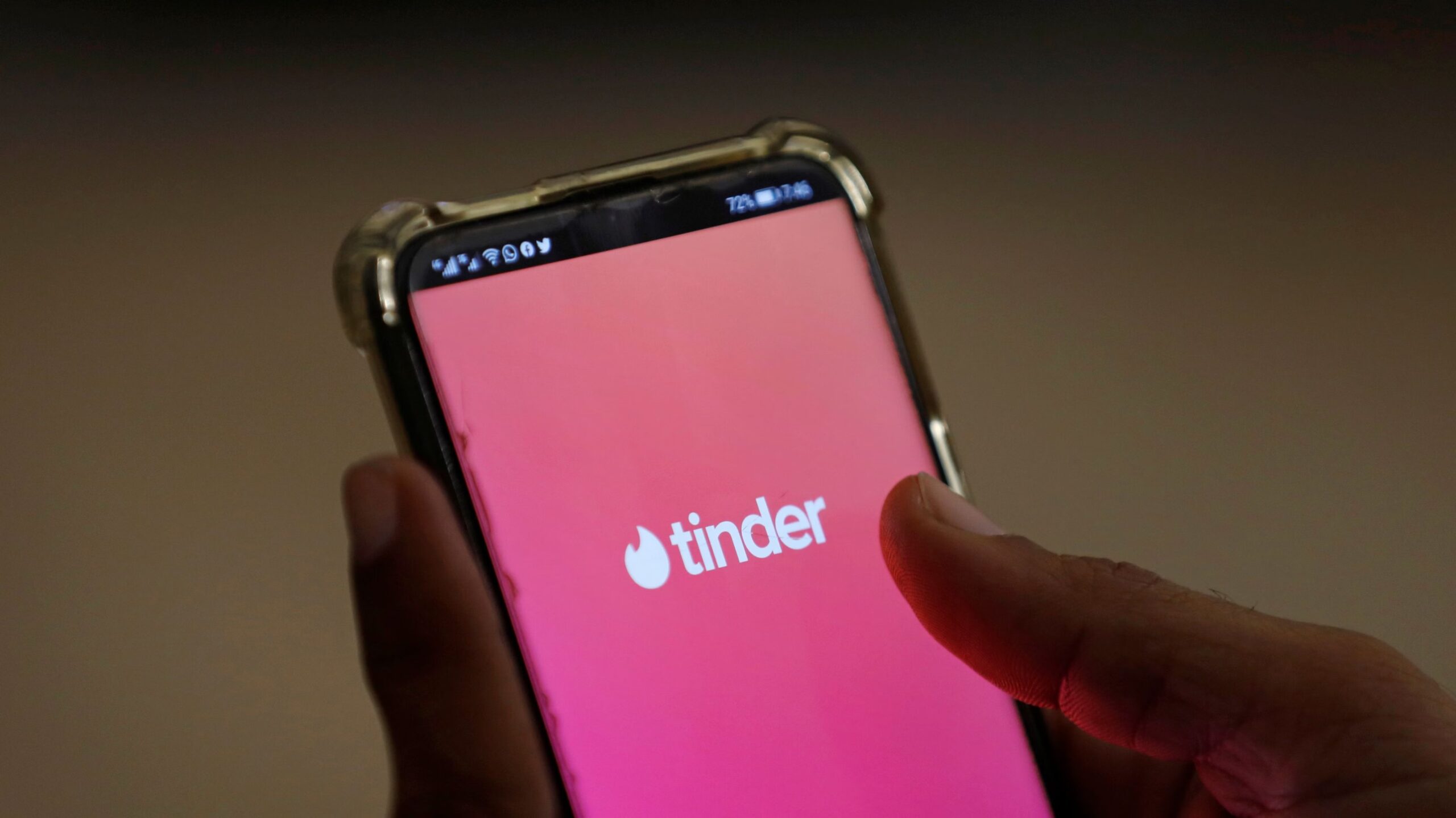The landscape of blockchain loyalty rewards programs is evolving rapidly as the Web3 and decentralized application (DApp) sectors mature. Despite these advances, the most sought-after consumer demographic—young adults—demonstrates a growing preference for participate-to-earn models within focused ecosystems.
The Shift in Consumer Engagement
Recent statistics indicate that young adults’ engagement in Web3 and cryptocurrency products has historically peaked during specific events like airdrops or other limited-time incentive offerings. Although there are exceptions, the trend shows that projects failing to captivate consumers in the initial months post-launch often experience a decline in engagement.
Evolution of Loyalty Programs
Traditional loyalty programs have long been integral to consumer retention strategies across various industries. From earning airline miles through credit card purchases to acquiring gift cards via Microsoft’s pay-to-browse program, businesses have extensively explored loyalty incentives. However, the application of these programs in the blockchain and Web3 sectors has been inconsistent, with many projects focusing on easily liquidated cryptocurrency rewards rather than reinvestment-oriented benefits.
During a recent roundtable discussion led by The Street’s Rob Nelson, industry leaders such as Paul Mikel, CEO of REVO Ride Share, and Scott Lomu, CEO of Element United, along with influencer Paul Cuffaro, emphasized the role of tokenization and rewards in driving blockchain adoption. They discussed how blockchain technology could potentially revolutionize consumer loyalty, particularly in the creator’s market.
Despite these discussions, data from Consensys reveals that influencers and freelancers constitute only a small fraction of those employed within the Web3 sector, suggesting that the impact of blockchain on broader employment is still limited.
Emerging Trends in Blockchain Loyalty
Analysis of the most successful blockchain projects as of September 2024 indicates that mini-DApps, Telegram games, click-to-earn games, and prediction markets are experiencing significant growth compared to traditional loyalty programs. These platforms offer simple, engaging experiences where incentivization is either invisible or seamlessly integrated, appealing strongly to consumers born after 1981.
The effectiveness of blockchain-based loyalty programs in increasing user onboarding remains uncertain, as most companies do not disclose detailed results of their marketing efforts. This lack of transparency makes it difficult to measure the true impact of these programs on consumer behavior and market dynamics.
As the blockchain industry continues to evolve, so too must the strategies used to engage and retain young consumers. The current trend indicates a shift away from traditional loyalty programs towards more dynamic, interactive models that offer genuine value and enhance user experience. For blockchain to truly resonate with this key demographic, companies will need to innovate continuously and tailor their offerings to meet the unique preferences and expectations of younger users.










